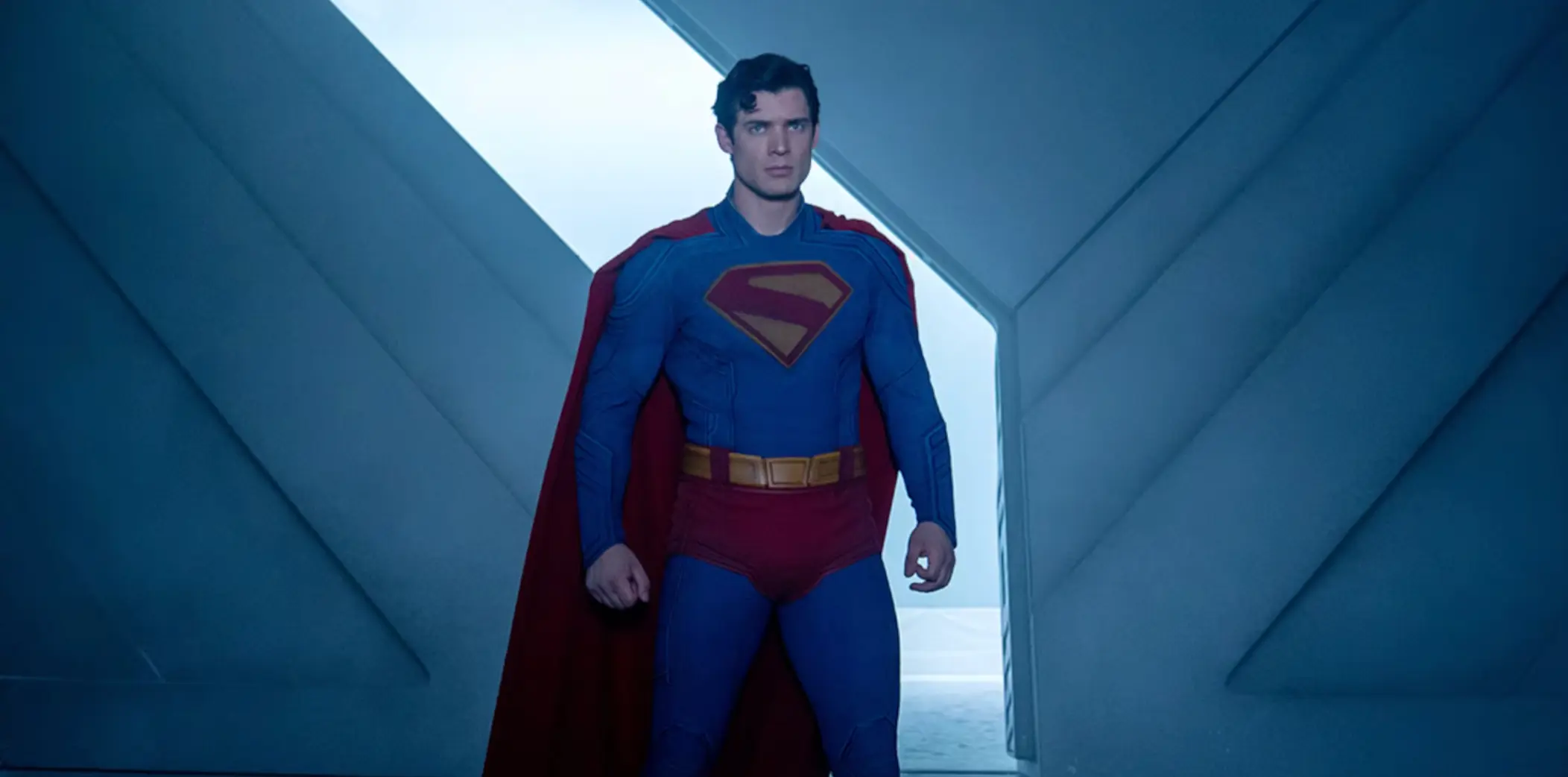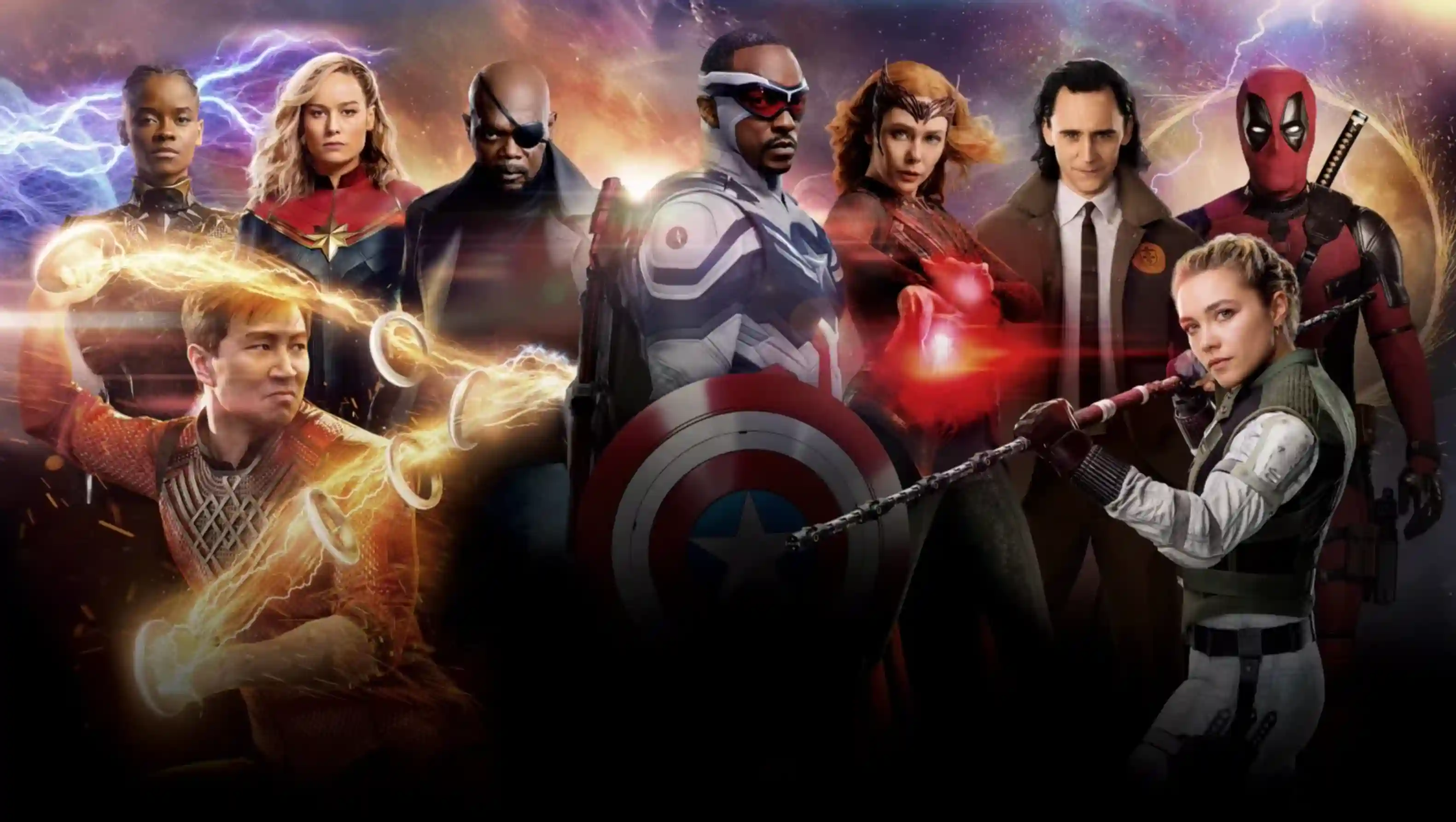OpenAI's Sora Is Going To Revolutionize Content Creation
Updated on
Published on

Will the Age of Generative Video Be Led by Sora?
It seemed impossible just a few weeks ago that a natural language prompt could lead to the creation of a movie. But now that Sora has been introduced, this possibility seems more likely than before. While ChatGPT and DALL-E have changed the way text and images are created, this new technology could completely change how videos are made, which could have effects on the creative industries, schools, and even social problems.

Fundamentally, Sora functions as a text-to-video model, in which users provide textual cues, and the model produces corresponding video clips. One of Sora's most impressive features is its ability to generate nearly lifelike videos from textual inputs. These videos can depict anything from a woman strolling through a city to historical recreations of towns during the gold rush. OpenAI demonstrated a number of its capabilities during a preview of Sora, including the ability to bring vivid scenes to life in response to textual cues. Sora's creations, which range from a busy Tokyo street covered in snow to a fun papercraft coral reef, show a remarkable attention to detail and a deep understanding of how creative the outputs from Sora can be. Despite minor imperfections, such as occasional glitches in scene continuity or weird hand positionings, Sora's output represents a significant leap forward in AI-driven storytelling.
Unlike previous attempts at generative video, which primarily focused on generating text, overlays, and effects rather than actual video animation, Sora stands out for its capacity to produce full-motion videos. While it may not yet reach the complexity of producing feature-length films like "Up," its potential is virtually unlimited. Filmmakers or cartoonists could utilize Sora to visualize concepts, teachers to create immersive historical recreations, and manufacturers to develop prototypes and demonstrations.
While Sora's current iterations lack sound, advancements in AI sound and music generation suggest that this feature may be forthcoming. While other generative AI video creators exist, Sora stands out for its ability to produce longer video clips with a level of realism that sets it apart from its competitors. What sets Sora apart is not just its ability to fulfill textual prompts but its emergent grasp of cinematic grammar, enabling it to create compelling narratives with multiple shot changes and dynamic camera angles. This intrinsic understanding of storytelling principles opens up new possibilities for content creation and has the potential to transform social media platforms like TikTok and Reels by empowering users to produce high-quality videos with minimal effort.
The underlying mechanism of Sora's operation mirrors that of other generative models like DALL-E, employing a diffusion model that gradually refines random noise into images matching the provided prompts. What distinguishes Sora is its understanding of how objects within a scene interact realistically with one another, such as by simulating the effects of water or gravity on movements. This comprehension of real-world dynamics, likely gleaned from extensive training on hours of video footage, enables Sora to create videos that exhibit coherent and lifelike behaviour.

Additionally, Worldcoin, a cryptocurrency associated with a Sam Altman-led digital identity initiative, saw a significant increase in market value, with a 40% price increase over its prior value. Worldcoin's value has gone up since OpenAI released Sora. Even though Worldcoin and Sora are two different things, the rise in the price of Worldcoin suggests heightened investor interest and positive sentiment towards Worldcoin within the cryptocurrency market.
However, with great power comes great responsibility. OpenAI acknowledges the potential risks associated with Sora, including the spread of misinformation and copyright infringement concerns. The ability to fabricate convincing videos from textual prompts opens avenues for various forms of misuse, including sophisticated scams, non-consensual content creation, and the dissemination of fake news and disinformation. To mitigate these risks, OpenAI plans to implement content restrictions similar to those applied to DALL-E 3, such as prohibiting violence, pornography, and the appropriation of real people's or artists' styles. While OpenAI asserts its commitment to embedding safeguards into its algorithms and collaborating with policymakers, educators, and artists to address these risks, the potential for harm remains a pressing concern. Additionally, the company will provide viewers with a way to identify AI-generated content, promoting transparency and accountability.
By democratizing the creation of realistic videos, Sora has the potential to empower individuals across various domains, from content creation to storytelling, while also prompting a critical examination of responsible AI use and governance.







